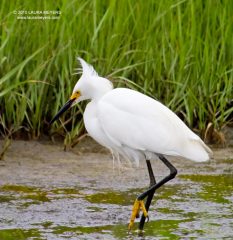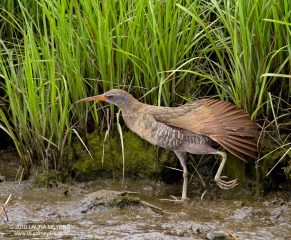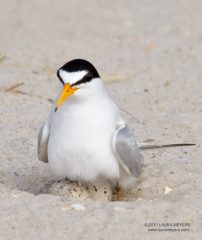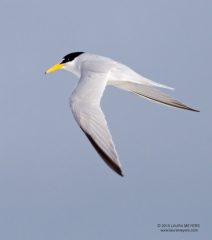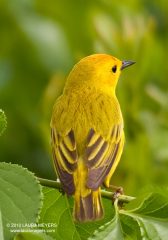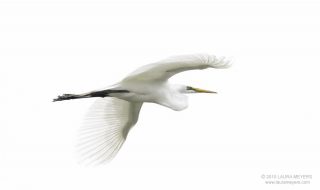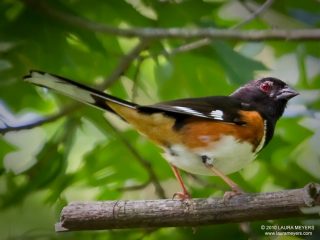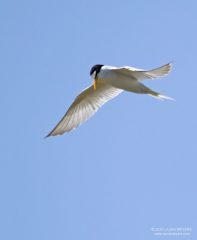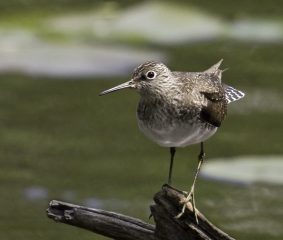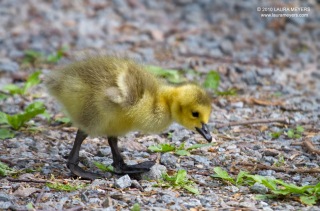The picture of this Snowy Egret was taken at the Oceanside Nature Center. It is hard to go wrong with a capture of a Snowy Egret especially if you get them, while they are foraging in such a rich area as the Marine Study Center where this bird was out and about.
The coloring and lighting is a very good reflection of the actuall conditions that the picture was shot in. I am not sure that is the most interesting way to show such a magnificient bird. But so far, my intent is to present a bird withinin the enivironment as close to the natural colors and lighting as I can get in a digital world – “digital nature reality”.
